What makes a site a KBA?
A site qualifies as a global KBA if it meets one or more of 11 specific criteria, grouped into five higher-level categories:
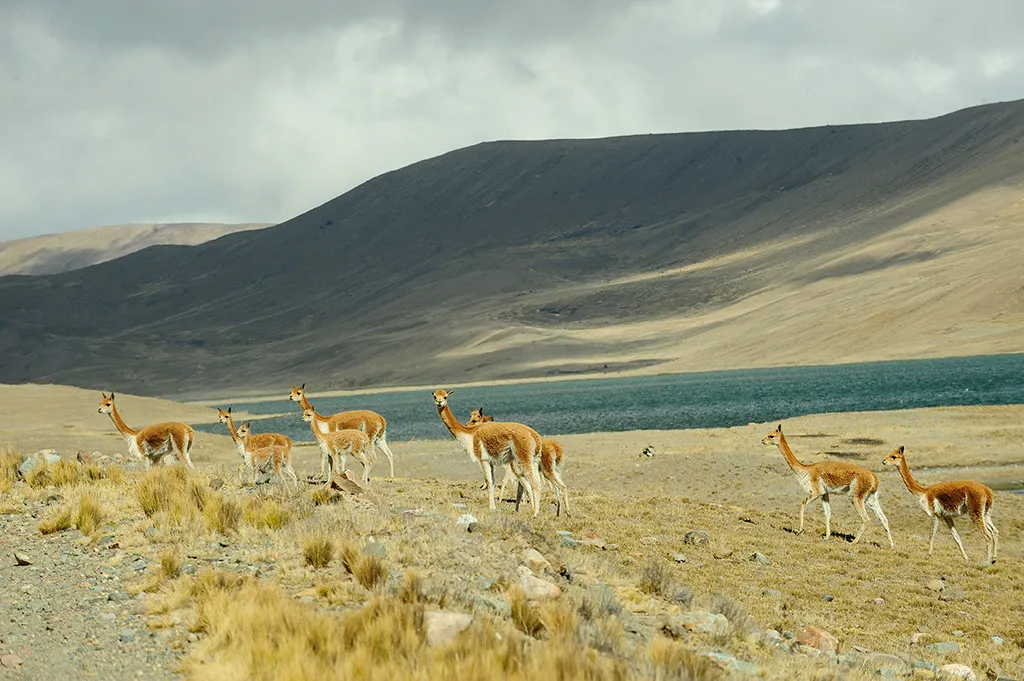
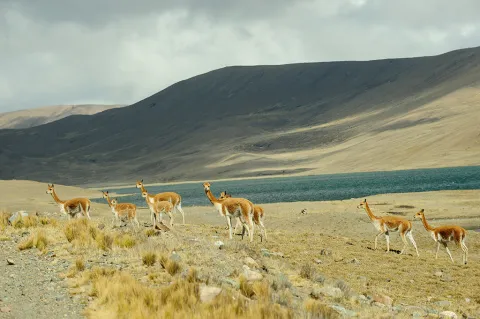

Key Biodiversity Areas (KBAs) are identified using a scientifically rigorous and globally agreed set of criteria developed through extensive consultation within the conservation community. These criteria provide a clear, transparent, and consistent standard to pinpoint sites that are crucial for the long-term survival of biodiversity worldwide.
A site qualifies as a global KBA if it meets one or more of 11 specific criteria, grouped into five higher-level categories:
These criteria apply across terrestrial, freshwater, and marine environments and cover all taxonomic groups except micro-organisms and ecosystems.
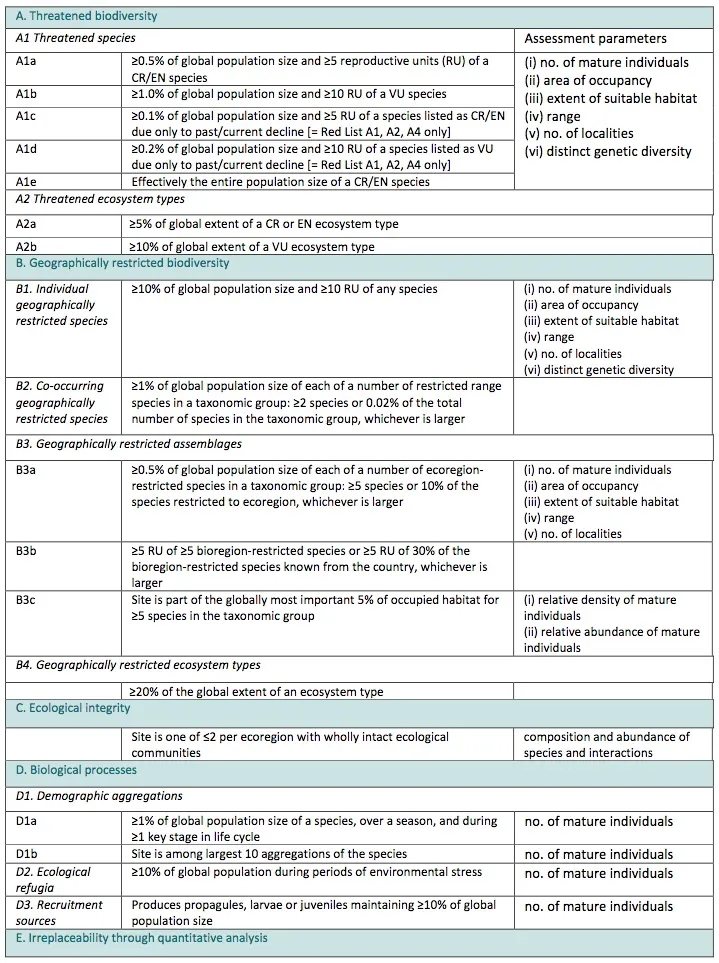
For more information about the KBA Criteria, visit our training resources or explore:
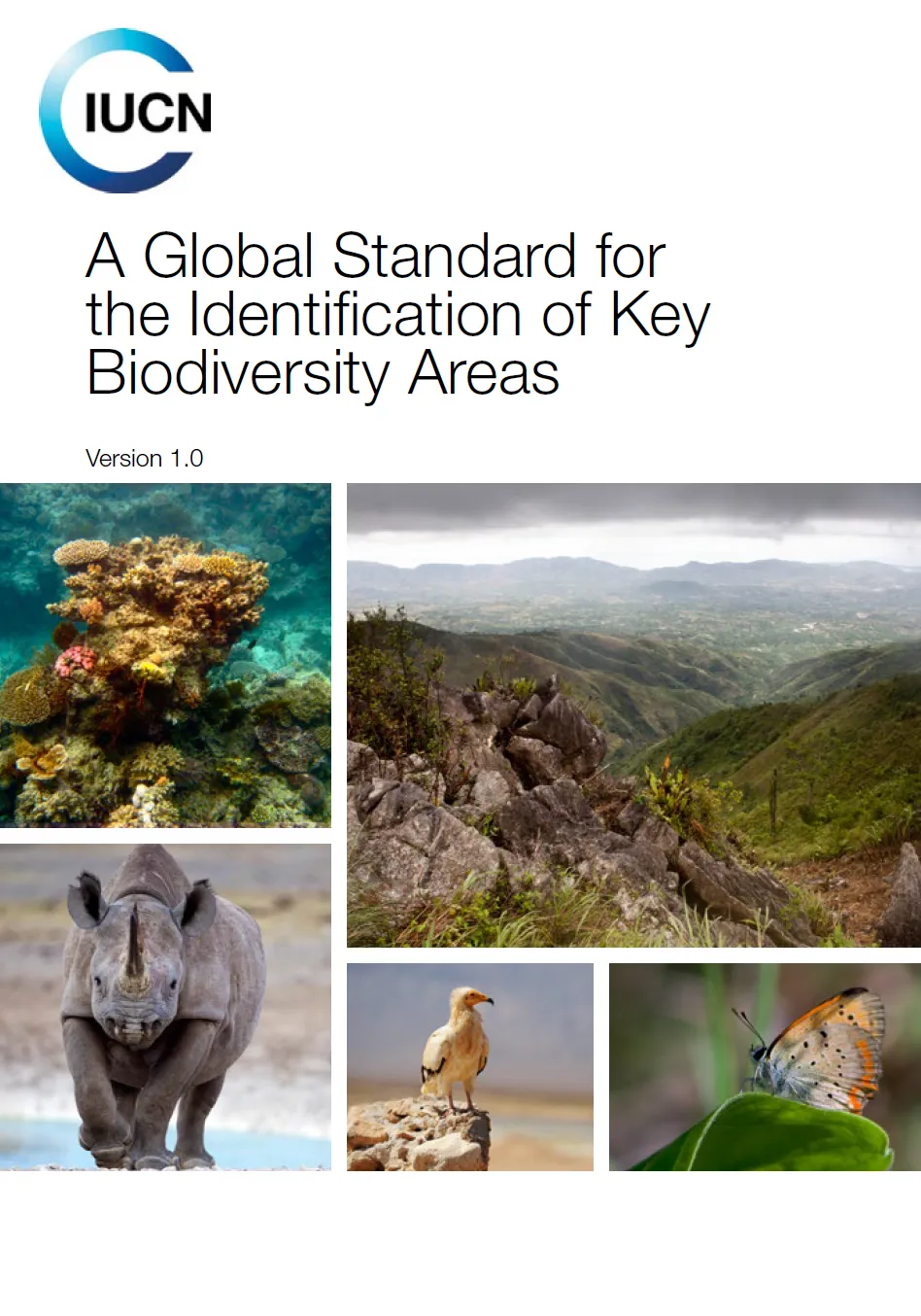
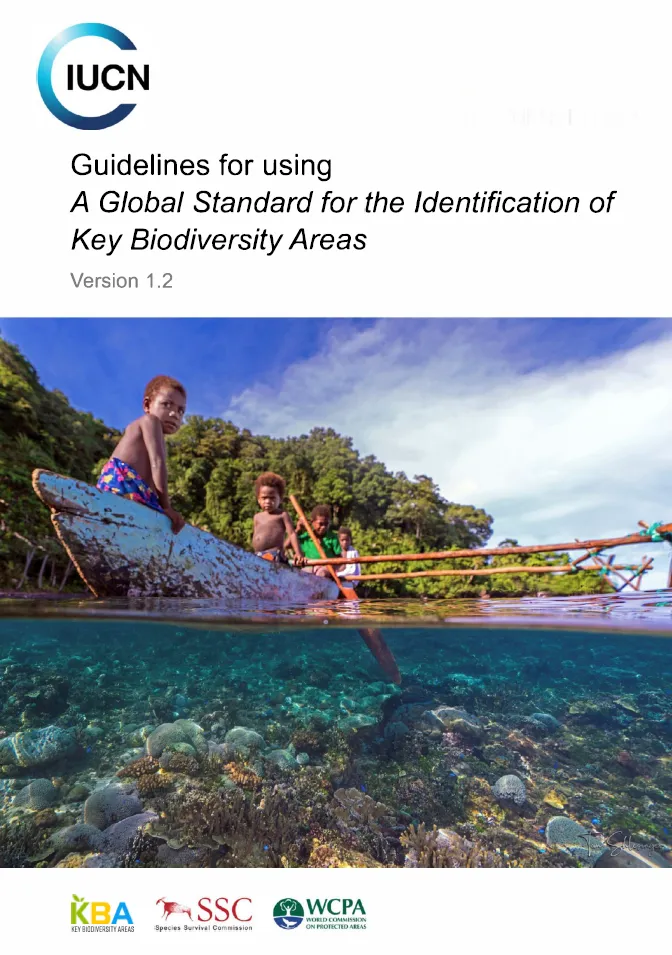
The KBA framework builds upon over 40 years of efforts to identify important biodiversity sites, including Important Bird and Biodiversity Areas (IBAs), Alliance for Zero Extinction (AZE) sites, and KBAs identified through ecosystem hotspot profiles supported by the Critical Ecosystem Partnership Fund (CEPF).
The current dataset includes:
However, most countries have yet to conduct comprehensive assessment of their KBAs using available biodiversity. In countries where comprehensive assessments have been made, on average there was more than a doubling of KBA area. This highlights the importance that all countries should make comprehensive KBAs assessments to guide their national planning and contribution to the Global Biodiversity Framework.